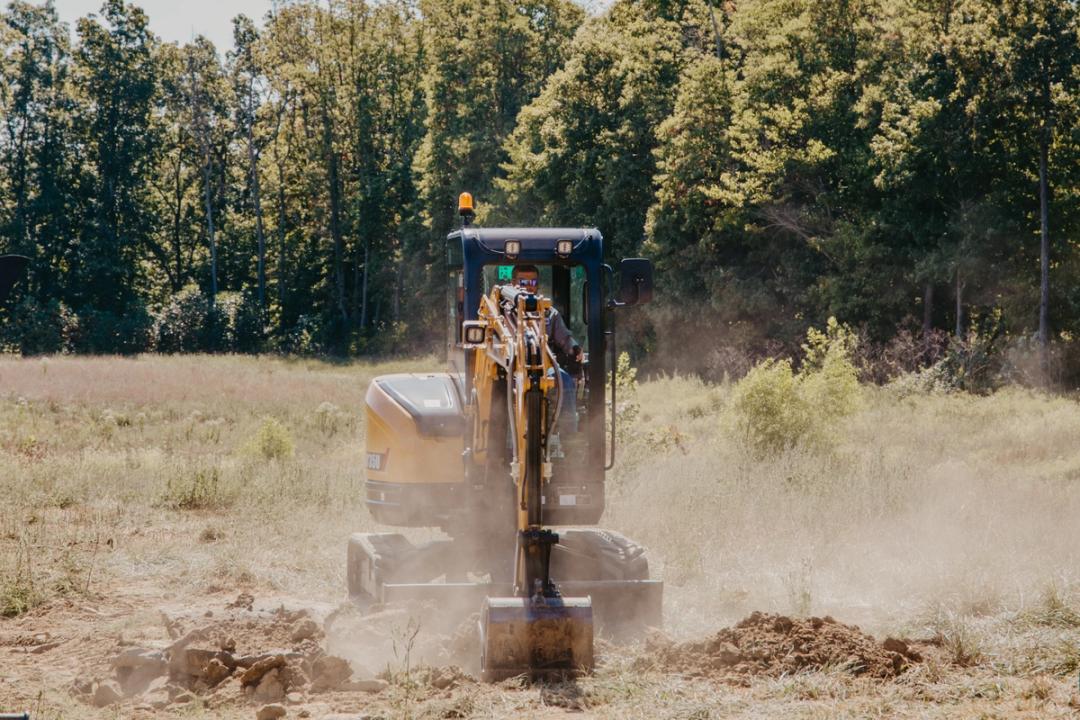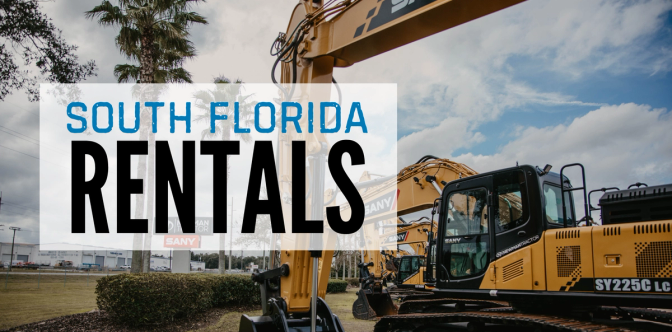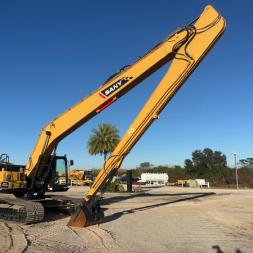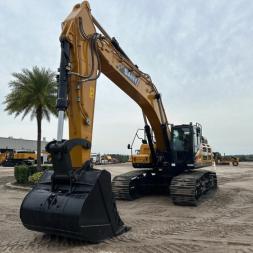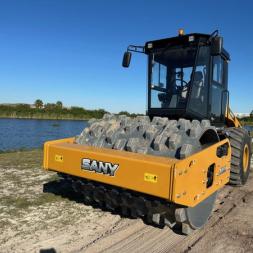“Typically, that would be correct (up to our SY60C). However, what we have found is that there is a sub-class. Customers who purchase minis typically want to be able to tow it themselves without a CDL. Which would technically cut the class size off at the SY50U for us.”
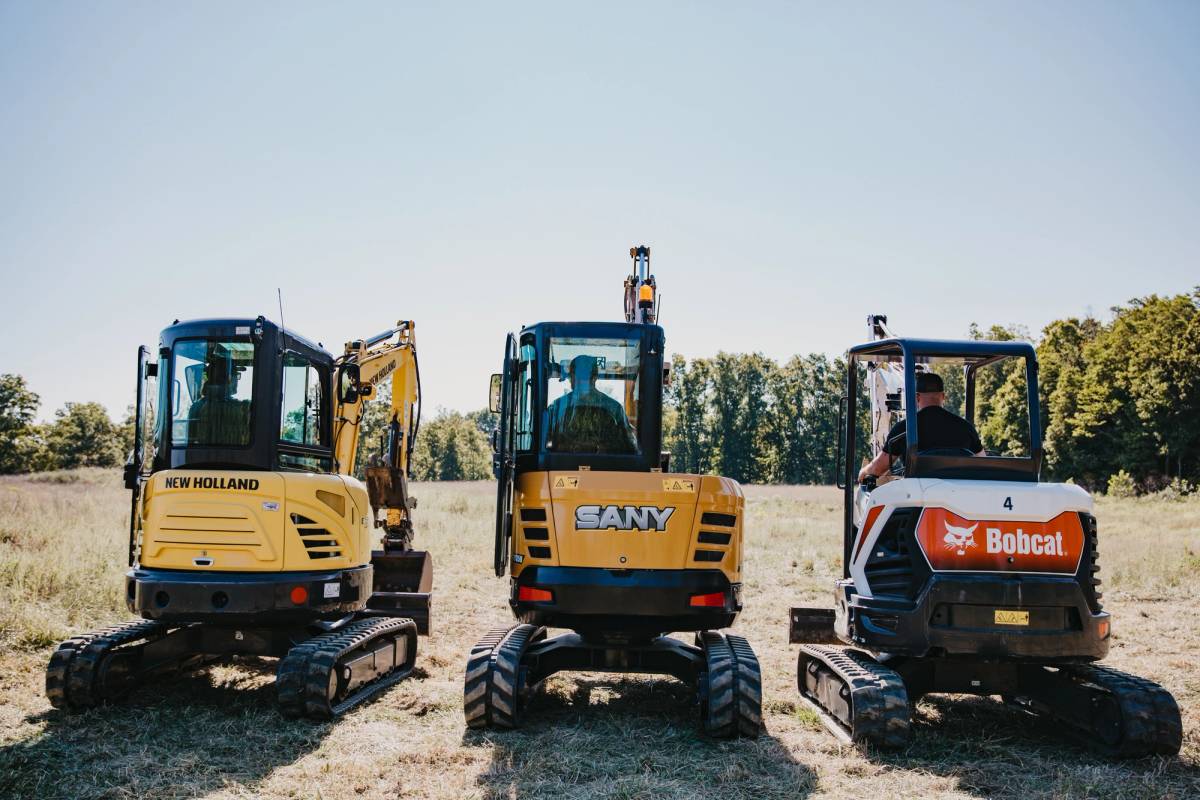
Factors Affecting the Weight of Mini Excavators
Model and Brand
Manufacturer's Design Philosophy
Size Classes within the Mini Excavator Category
Innovations and Features
Material Choices
Market Positioning
2. Size
3. Attachments
Buckets
Hammers/Breakers
Augers
Compactors
Grapples
4. Materials Used
Steel
Aluminum
Rubber and Plastics
Fluids
Other Materials
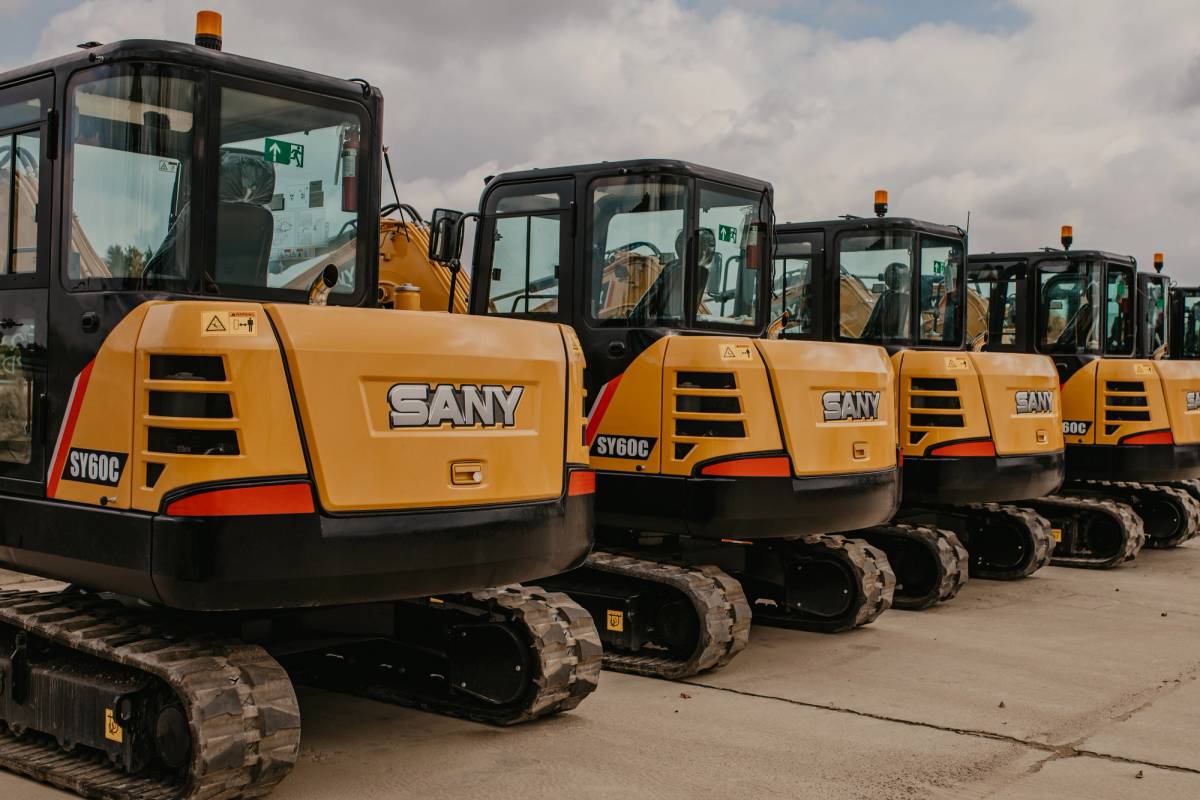
General Weight Ranges
Micro Excavators
Standard Mini Excavators
Larger Mini Excavators
Why Weight Matters
Transportation
Job Site Limitations
Safety
Performance
Other Considerations Related to Weight
Ground Pressure
Balancing Attachments
How to Determine the Weight of Your Mini Excavator
Checking the User Manual or Specification Sheet
Visiting the Manufacturer's Website or Contacting Their Customer Service
Weighing the Machine at a Certified Weighing Station
Comparing Mini Excavator Weights and Spec
| Model | Weight | Digging Depth | Reach |
|---|---|---|---|
| SANY SY16C | 4,023 lbs | 7'9" | 13'1" |
| SANY SY26U | 6,085 lbs | 9'3" | 15'11" |
| SANY SY35U (Canopy) | 6,085 lbs | 10'2" | 17'11" |
| SANY SY35U (Cab) | 8,499 lbs | 10'2" | 17'11" |
| SANY SY50U | 8,499 lbs | 11'3" | 19'3" |
| Bobcat E10 | 2,593 lbs | 6'0" | 10'2" |
| Bobcat E20 | 4,306 lbs | 8'6" | 14'0" |
| Bobcat E26 | 6,489 lbs | 8'10" | 14'9" |
| Bobcat E32 | 7,403 lbs | 10'2" | 16'3" |
| Bobcat E35 | 7,659 lbs | 10'2" | 16'9" |
| Bobcat E38 | 7,893 lbs | 10'4" | 17'1" |
| Bobcat E40 | 9,180 lbs | 10'6" | 17'2" |
| Bobcat E42 and E48 | 9,830 lbs | 10'5" | 17'3" |
| Bobcat E50 and E55 | 11,876 lbs | 12'9" | 19'8" |
| Case CX15EV | 3,200 lbs | 7'3" | 12'10" |
| Case CX17C | 3,800 lbs | 7'7" | 12'11" |
| Case CX26C | 5,620 lbs | 8'10" | 15'0" |
| Case CX30C | 6,750 lbs | 9'10" | 16'1" |
| Case CX37C | 7,990 lbs | 10'3" | 17'1" |
| Case CX42D | 9,150 lbs | 10'9" | 17'5" |
| Case CX57C | 12,270 lbs | 12'6" | 19'8" |
| Case CX60C | 12,940 lbs | 13'1" | 20'9" |
| Caterpillar 301.5 | 3,913 lbs | 8'4" | 13'6" |
| Caterpillar 301.7 CR | 3,856 lbs | 8'4" | 13'9" |
| Caterpillar 301.8 | 4,473 lbs | 8'5" | 14'0" |
| Caterpillar 303 CR | 7,817 lbs | 9'8" | 16'4" |
| Caterpillar 304 | 9,867 lbs | 11'6" | 18'11" |
| Caterpillar 305 CR | 12,688 lbs | 12'6" | 20'2" |
| Deere 17G | 3,790 lbs | 7'2" | 12'10" |
| Deere 26G | 6,110 lbs | 8'6" | 15'10" |
| Deere 30G | 7,220 lbs | 9'2" | 16'1" |
| Deere 35G | 8,135 lbs | 10'0" | 17'1" |
| Deere 50 P-Tier | 10,847 lbs. | 11'7" | 19'7" |
| Hitachi ZX17U-5N | 3,790 lbs | 7'2" | 12'6" |
| Hitachi ZX26U-5N | 5,560 lbs | 8'6" | 15'2" |
| Hitachi ZX30U-5N | 6,680 lbs | 9'2" | 16" |
| Hitachi ZX35U-5N | 7,584 lbs | 10'0" | 17'1" |
| Hitachi ZX50U-5N | 10,560 lbs | 11'7" | 19'7" |
| Hyundai R17Z-9A | 3,920 lbs | 7'2" | 12'7" |
| Hyundai R25Z-9AK | 5,640 lbs | 7'11" | 14'8" |
| Hyundai R30Z-9AK | 6,625 lbs | 8'2" | 15'3" |
| Hyundai R35Z-9A | 8,470 lbs | 10'3" | 17'5" |
| Hyundai HX40A | 9,680 lbs | 11'3" | 18'2" |
| Hyundai HX48AZ | 11,490 lbs | 11'6" | 19'8" |
| JCB I9C-IE | 4,193 lbs | 9'2" | - |
| JCB I8Z-I | 3,856 lbs | 8'5" | - |
| JCB I9C-I | 4,211 lbs | 9'2" | - |
| JCB 35Z-I | 7,840 lbs | 11'5" | - |
| JCB 50Z-I | 11,089 lbs | 11'11" | - |
| JCB 55Z-I | 11,830 lbs | 12'7" | - |
| Kato HDV5 | 2,312 lbs | 5'1" | - |
| Kato HD17V5 | 4,261 lbs | 7'2" | - |
| Kato HD25V5 | 5,919 lbs | 8'0" | - |
| Kato HD30V5 | 7,084 lbs | 9'9" | - |
| Kato HD35N5 | 7,264 lbs | 10'1" | - |
| Kato HD35V5 | 8,082 lbs | 10'11" | - |
| Kato HD50V5 | 10,830 lbs | 12'7" | - |
| Kato HD55N4 | 12,733 lbs | 12'8" | - |
| Kato HD60V5 | 12,351 lbs | 13'3" | - |
| Kobelco SK17SR-6E | 3,681 lbs | 7'3" | 12'3" |
| Kobelco SK25SR-6E | 5,644 lbs | 9'2" | 15'3" |
| Kobelco SK30SR-6E | 7,320 lbs | 9'2" | 16'1" |
| Kobelco SK35SR-7 | 9,000 lbs | 10'6" | 17'3" |
| Kobelco SK45SRX-7 (Cab) | 10,648 lbs | 11'3" | 18'8" |
| Kobelco SK55SR-7 (Cab) | 12,147 lbs | 12'9" | 20'0" |
| Komatsu PC35MR-5 | 8,555 lbs | 11'2" | 17'1" |
| Komatsu PC55MR-5 | 12,295 lbs | 12'6" | 19'2" |
| Kubota KX018-4 | 3,935 lbs | 7'9" | 12'8" |
| Kubota KX030-4 | 6,151 lbs | 9'4" | 15'7" |
| Kubota U27-4 | 5,710 lbs | 9'3" | 15'8" |
| Mustang by Manitou 80M | 3,248 lbs | 7'1" | 13'2" |
| Mustang by Manitou 170Z NXT2 | 3,836 lbs | 8'1" | 13'5" |
| Mustang by Manitou 250Z | 5,919 lbs | 9'9" | 15'9" |
| Mustang by Manitou 350Z NXT2 | 5,919 lbs | 11'11" | 17'11" |
| New Holland E17C | 3,910 lbs | 7'3" | 12'6" |
| New Holland E26C | 6,136 lbs | 7'11" | 14'3" |
| New Holland E30C | 6,922 lbs | 9'7" | 14'10" |
| New Holland E37C | 8,630 lbs | 11'3" | 17'1" |
| Rhino REX10 | 1,763 lbs | 5'9" | - |
| Rhino REX18 | 3,880 lbs | 6'5" | - |
| Rhino REX22 | 4,850 lbs | 8'6" | - |
| Rhino REX30 | 6,613 lbs | 9'8" | - |
| Rhino REX35 | 9,259 lbs | 10'1" | - |
| Rhino REX50 | 9,259 lbs | 12'9" | - |
| Takeuchi TB216 | 3,900 lbs | 7'10" | 13'3" |
| Takeuchi TB225 | 4,993 lbs | 8'6" | 13'11" |
| Takeuchi TB235-2 | 7,418 lbs | 10'8" | 16'10" |
| Takeuchi TB240 | 8,570 lbs | 11'4" | 17'10" |
| Takeuchi TB250-2 | 10,957 lbs | 12'5" | 20'1" |
| Takeuchi TB260 | 12,125 lbs | 12'10" | 20'7" |
| Volvo EC20E | 4,332 lbs | 9'4" | 14" |
| Volvo EC25D | 5,737 lbs | 9'9" | 15'1" |
| Volvo EC27D | 6,019 lbs | 10'2" | 15'4" |
| Volvo EC35D | 7,782 lbs | 12'1" | 17'10" |
| Volvo ECR40D | 8,554 lbs | 12'3" | 18'11" |
| Volvo ECR50 | 11,133 lbs | 13'7" | 20'2" |
| Wacker Neuson EZ17 | 4,592 lbs | 8'2" | 12'7" |
| Wacker Neuson EZ26 | 7,404 lbs | 9'2" | 15'5" |
| Wacker Neuson EZ36 | 10,902 lbs | 11'6" | 18'6" |
| Wacker Neuson ET20 | 5,570 lbs | 8'10" | 13'3" |
| Wacker Neuson ET42 | 11,469 lbs | 11'8" | 17'8" |
| Yanmar ViO20-6 | 4,710 lbs | 6'2" | 7'11" |
| Yanmar ViO20-6 | 5,952 lbs | 9'2" | 16'1" |
| Yanmar ViO35-6B | 7,798 lbs | - | 16'6" |
| Yanmar ViO55-6B | 11,589 lbs | - | 19'3" |
